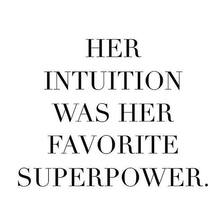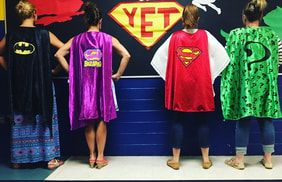2023 will be a year of renovation. Our children need education that accommodates their social emotional needs and those of their working families. As educators and learners, we can thrive in structures that empower us. It’s time to reevaluate where we are as a society and how we got here. We need to be both optimistic and pragmatic. Opening minds, conversations, and spaces with the power of creativity.
Together we must:
- Reflect and reinterpret what it means to be educators and learners.
- Engage participants by giving them the platform to express themselves creatively.
“Artists are like first responders and respond to what’s happening in society and to serve as a mirror, and [artists] can imagine a new world,” said Leonie Bradbury, Henry and Lois Foster Chair of Contemporary Art Theory and Practice; and Distinguished Curator-in-Residence, Emerson Contemporary. “They can help find new ways to do things. It’s not just to go back to normal. How can we reimagine and emerge as a better society, a more caring society, and a more equitable society? Artists’ voices are important because they’re public voices. They’re presenting work to the world for a larger public discourse.” “You can deploy and initiate conversations about topics that may be difficult and support voices that are being suppressed by society,” said Bradbury. “You can give them a voice.”
- Empower learners to dig deeper for the hidden themes in books, entice their self -expression through dance and evoke their emotions with music.
- Design an experience that would teach kids and educators about the importance of social emotional health.
- Support educators as we reinvent ourselves as entrepreneurs of educational possibilities.
- Acknowledge technology's digital side-effects that impact our learners.
consumer as they navigate through each reality. Give them the opportunity to use technology in healthier ways.
- Identify opportunities for potential mutually beneficial partnerships with local departments and potential funders to reach a wider audience, to extend the learning experiences and relationships of our youth.


